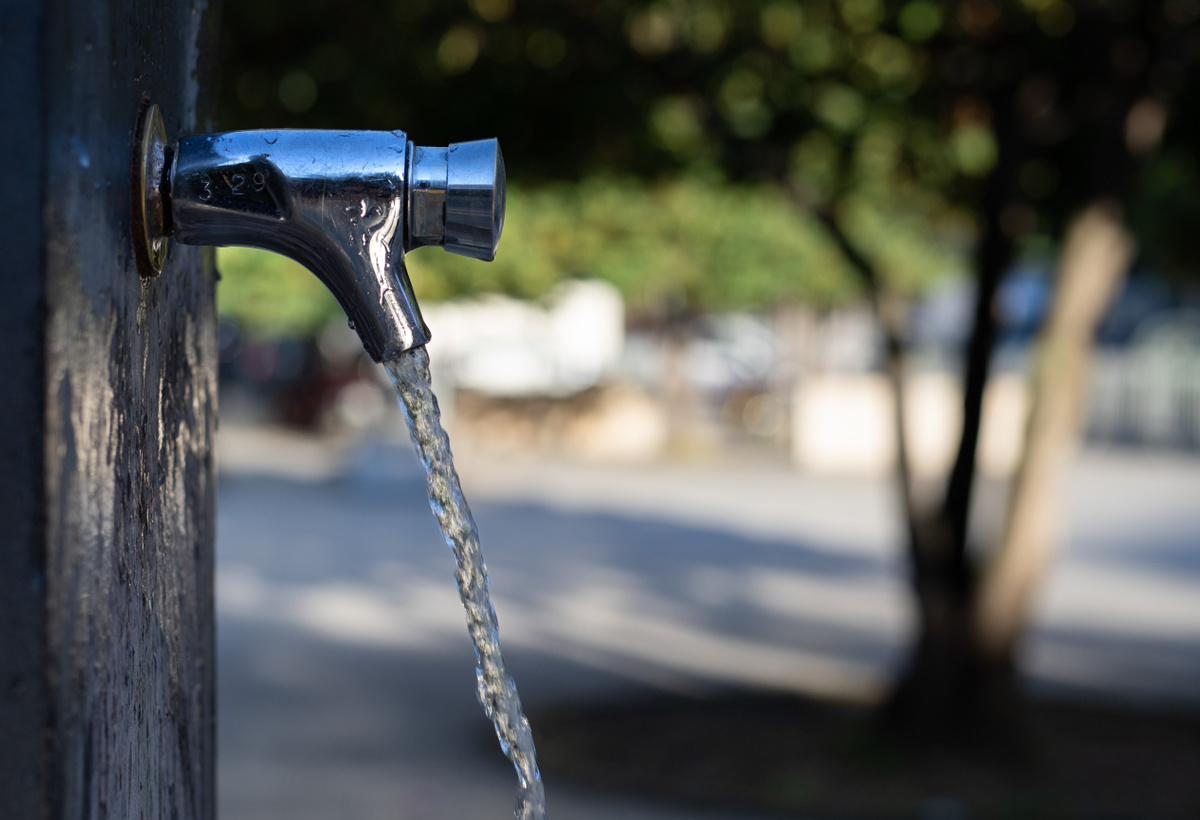Removal Process of Negatively Charged Impurities Using Metal-Cellulose Fiber Composite
Using a stable, predominantly positively charged, composite structure to separate negatively charged impurities from water
The process of removing negatively charged impurities such as fluoride, nitrate, nitrite, phosphate, sulfate, and other ions from water is necessary in order to effectively make cleaner water. There have been multiple processes and methods implemented to achieve this, however, there hasn’t been an appropriate balance between cost and efficiency. The most efficient processes are often the most costly and require materials that aren’t readily available, whereas the cheapest methods are the least efficient.
There is also the issue regarding environmental damage through toxic byproducts and contamination from certain methods of water purification.
Therefore a need exists for a process that can separate negatively charged impurities from water and is cost‑effective.
This technology revolves around using a composite containing positively charged metal ions and a carboxylated cellulose fibrous scaffold. The carboxylated cellulose fibrous scaffold includes macro and nanoscale fibers and they have a chemical structure that includes anhydroglucose units. The primary and secondary hydroxyl groups are modified to negatively charged groups (such as carboxylate groups) via nitro‑oxidation, TEMPO oxidation, per‑iodate oxidation, perchlorite oxidation, carboxymethylation, and etc.
During this step, through the use of mechanical treatment (homogenization, microfluidization, ball milling, cryo‑crushing, steam explosions, and etc.) or combined chemical and mechanical treatments, the cellulose microfibers can be converted into nanofibers. Then, the negatively charged cellulose fibers are treated with solutions of metal ions that have high positive charges at room temperature. A stable composite structure is formed through the interactions between the oxygen atoms of the hydroxyl/carboxylate groups on the cellulose chains and the positively charged metal ions. This composite structure is predominantly covered with the positive metal ions and can be used to effectively remove any negatively charged impurities from water.
Finally, if need be, the composite can be easily separated from the negatively charged impurities after remediation without the risk of secondary contaminations.
 Please note, header image is purely illustrative. Source: unsplash.com/photos/Y10FXNqFdvk, Unsplash Licence
Please note, header image is purely illustrative. Source: unsplash.com/photos/Y10FXNqFdvk, Unsplash Licence
A cost‑effective and sustainable process.
More efficient than conventional processes.
Zero toxicity in this method.
Expeditious process, it is done within 5 minutes.
No secondary contamination.
The composite can be recycled.
This technology is used to separate negatively charged impurities from water.
Provisional patent
PCT/US19/58703
Available for licensing.
Development partner
Commercial partner
Licensing
Additional Information:
Patent Information:
| App Type |
Country |
Serial No. |
Patent No. |
Patent Status |
File Date |
Issued Date |
Expire Date |
|